This blog post will highlight the often-overlooked costs associated with neglecting regular machinery maintenance. It aims to educate contractors, business owners, and operators on how failing to properly maintain machinery can result in more expensive repairs, decreased productivity, and ultimately, greater operational costs. The goal is to emphasize the importance of routine upkeep to prolong the life of machinery and avoid financial setbacks.
Outline
1. Introduction
- Begin with a strong statement about how poorly maintained machinery can significantly impact a business’s bottom line.
- Mention how maintenance is often overlooked due to busy schedules or short-term savings but stress that these savings come at a long-term cost.
- Introduce the purpose of the blog: to break down the hidden costs of neglecting machinery maintenance and highlight why regular upkeep is essential for long-term success.
2. Increased Repair Costs
- Why It Happens: Explain that minor issues, like worn-out parts or faulty components, can escalate into more significant damage when ignored.
- Example: Share an example of a simple issue like a hydraulic leak leading to a major engine failure, resulting in high repair costs.
- Impact: Discuss how frequent repairs add up and disrupt project timelines, causing unexpected financial strain.
3. Reduced Equipment Lifespan
- Why It Happens: Explain how skipping routine maintenance and inspections accelerates wear and tear on machinery.
- Example: Mention how neglecting oil changes in an excavator can cause engine damage, leading to a shortened lifespan.
- Impact: Discuss how extending the life of equipment through proper maintenance ensures better ROI and reduces the need for costly replacements.
4. Downtime and Lost Productivity
- Why It Happens: Emphasize how equipment breakdowns lead to downtime, delaying projects and reducing overall productivity.
- Example: Share a scenario where a construction company has to stop work due to equipment failure, affecting the project deadline.
- Impact: Illustrate how downtime not only wastes time but also results in financial losses, as workers may be idled or other projects delayed.
5. Safety Hazards
- Why It Happens: Explain how poorly maintained machinery can become unsafe to operate, leading to accidents and workplace injuries.
- Example: Provide an example of a machinery malfunction causing an accident, resulting in injury or even fatalities.
- Impact: Discuss the legal and financial implications of safety violations, including workers’ compensation claims, lawsuits, and damage to the company’s reputation.
6. Inefficient Fuel and Resource Usage
- Why It Happens: Discuss how neglecting maintenance like cleaning air filters or checking tire pressure can cause machinery to use more fuel or operate inefficiently.
- Example: Explain how a poorly maintained bulldozer may burn more fuel while performing tasks, increasing operational costs.
- Impact: Show how inefficient machinery increases operational expenses and reduces the profitability of projects.
7. Higher Maintenance Costs Over Time
- Why It Happens: Explain that the longer maintenance is delayed, the more expensive it becomes to address the underlying problems.
- Example: Describe a scenario where a small maintenance task like lubricating parts is delayed, eventually causing a bigger, more expensive issue.
- Impact: Reinforce that preventive maintenance is far more cost-effective than dealing with extensive repairs later.
8. Conclusion
- Recap the hidden costs of poor machinery maintenance, stressing that it’s much cheaper and more efficient to stay ahead with regular upkeep.
- Reinforce the idea that proactive maintenance can prevent larger problems, improve machinery longevity, and protect the company’s bottom line.
- Encourage readers to schedule regular inspections and maintenance with a trusted provider to avoid these hidden costs.

